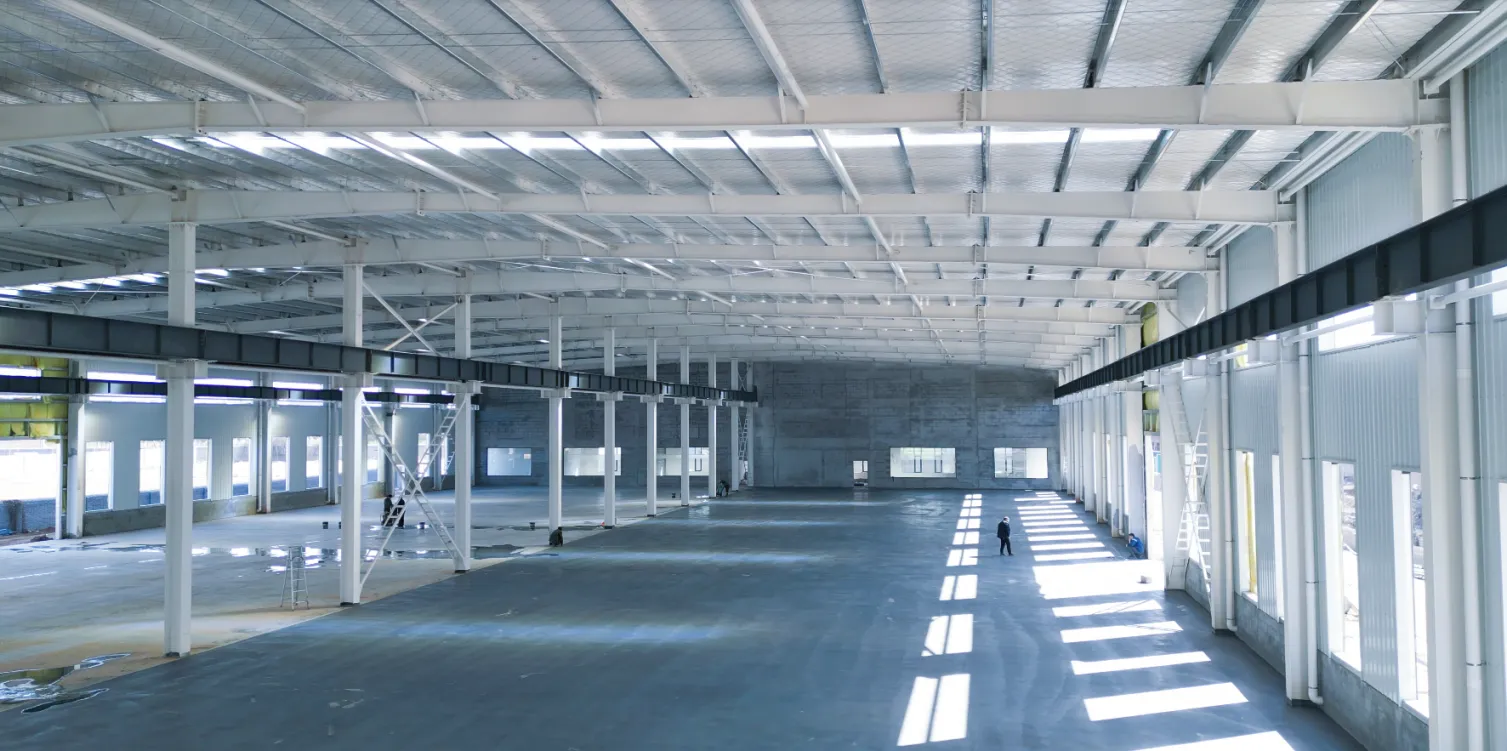The new factory project of Yifu Jia Intelligent Equipment Co., Ltd. is designed to create a modern production base integrating high-end equipment manufacturing, intelligent assembly lines, and technical R&D. The plant adopts a large-span single-story portal steel frame structure, optimized based on functional zoning for flexibility in equipment hoisting, production line layout, and operational maintenance.
The structure uses all-steel components, primarily welded H-beams, with high-performance insulated sandwich panels for the roof and walls to enhance energy efficiency.

Welded H-beam main structure: approx. 680 tons
Purlin system (C/Z sections): approx. 82 tons
Square tube purlins (for local openings and auxiliary structures): approx. 39.4 tons
Secondary components (bracing, tie rods, etc.): approx. 62.2 tons
Steel staircase system: approx. 11.3 tons


Efficient Production Layout: Scientific layout with excellent ventilation, lighting, and flexible process adaptability, ideal for intelligent equipment manufacturing.
Structural Strength: Main components use Q355B welded H-beams, ensuring seismic and wind resistance for long-term stability.
Fast Construction: Standardized prefabrication and modular installation significantly shorten construction time, enabling on-time delivery.
Green & Energy-Saving: Eco-friendly insulated panels improve thermal performance, meeting green building standards.
